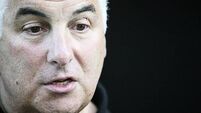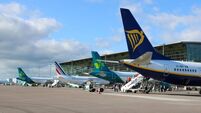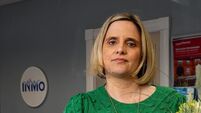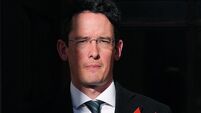As Apple hovers, TomTom focuses on getting drivers from A to B
Forbes has reported TomTom shares climbed 13% in recent weeks with the stock gaining 33% in the past 12 months, valuing TomTom at €906m.
Rabobank analyst Hans Slob said there is a 30% chance a deal will happen. “TomTom needs the cash from Apple, and Apple needs the know-how of TomTom.”
















